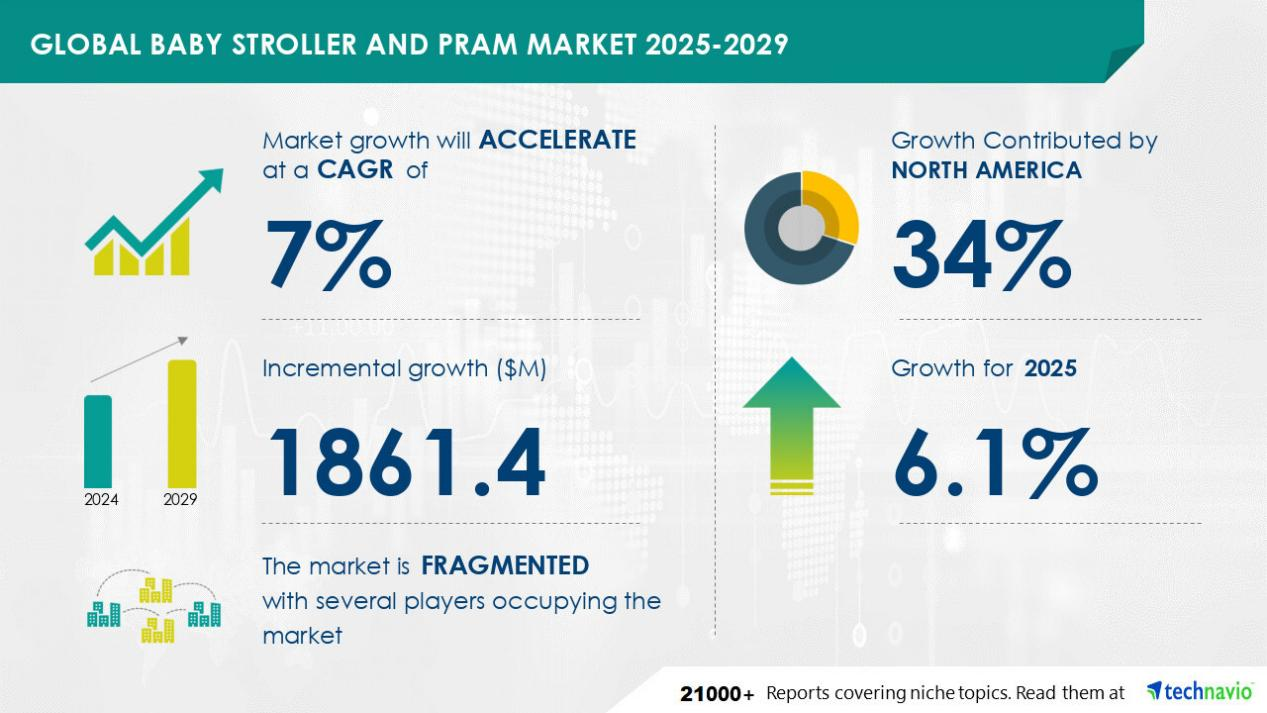The global baby stroller and pram market is projected to grow by $1.86 billion between 2025 and 2029, driven by urbanization, nuclear family trends, and AI integration, according to a report published by Technavio. The sector is expected to register a compound annual growth rate (CAGR) exceeding 7%, reflecting evolving consumer demands and technological advancements.
The report, titled Global Baby Stroller and Pram Market 2025-2029, found that modern parents increasingly prioritize lightweight, multifunctional designs and tech-enabled features.
Key drivers include the rise of urban nuclear families, demand for sustainable products, and AI-driven innovations like real-time monitoring.
Challenges such as stringent safety regulations persist, but major brands like Britax Romer, Dorel Industries, and startups integrating smart technology are leading market evolution.

Key Product Trends
1. Diversified Designs: Manufacturers now offer lightweight urban models and premium options with adjustable harnesses, padded seating, and shock-absorbing wheels, prioritizing comfort for caregivers and children.
2. Newborn-Focused Safety: Lie-flat prams and adjustable canopies—engineered for infant safety and ergonomic support—are gaining traction as parents seek specialized solutions for newborns.
3. Hybrid Mobility Solutions: Demand surges for versatile travel systems like the Cybex Priam Travel, blending stroller portability with pram spaciousness, alongside growing interest in baby carriers for on-the-go convenience.
Retail and Distribution Trends
The rise of e-commerce has transformed how parents purchase baby products, said the report. Online retailing is becoming a preferred channel due to its convenience, wide product selection, and competitive pricing. This shift is further supported by increasing purchasing power and the growing preference for hassle-free shopping experiences.
Key Growth Drivers
1. Changing Lifestyles: Urbanization and busier schedules have increased demand for lightweight, portable, and multifunctional strollers. Modern parents prioritize convenience and ease of use, fueling the adoption of innovative designs.
2. Nuclear Family Trend: With smaller family units becoming more common, parents are investing in high-quality, premium baby care products. This shift is boosting sales of advanced strollers and prams that offer enhanced comfort and safety.
3. AI Integration: The incorporation of artificial intelligence into product development is transforming the market. Smart features, such as real-time monitoring and connectivity options, are gaining traction among tech-savvy consumers.
Future Outlook
The baby stroller and pram market is undergoing a dynamic transformation, with manufacturers focusing on innovation and sustainability. As AI-driven technologies continue to evolve, they will play a pivotal role in shaping product offerings and consumer experiences. Stakeholders must adapt to these trends to capitalize on emerging opportunities in this competitive landscape, said the report.





